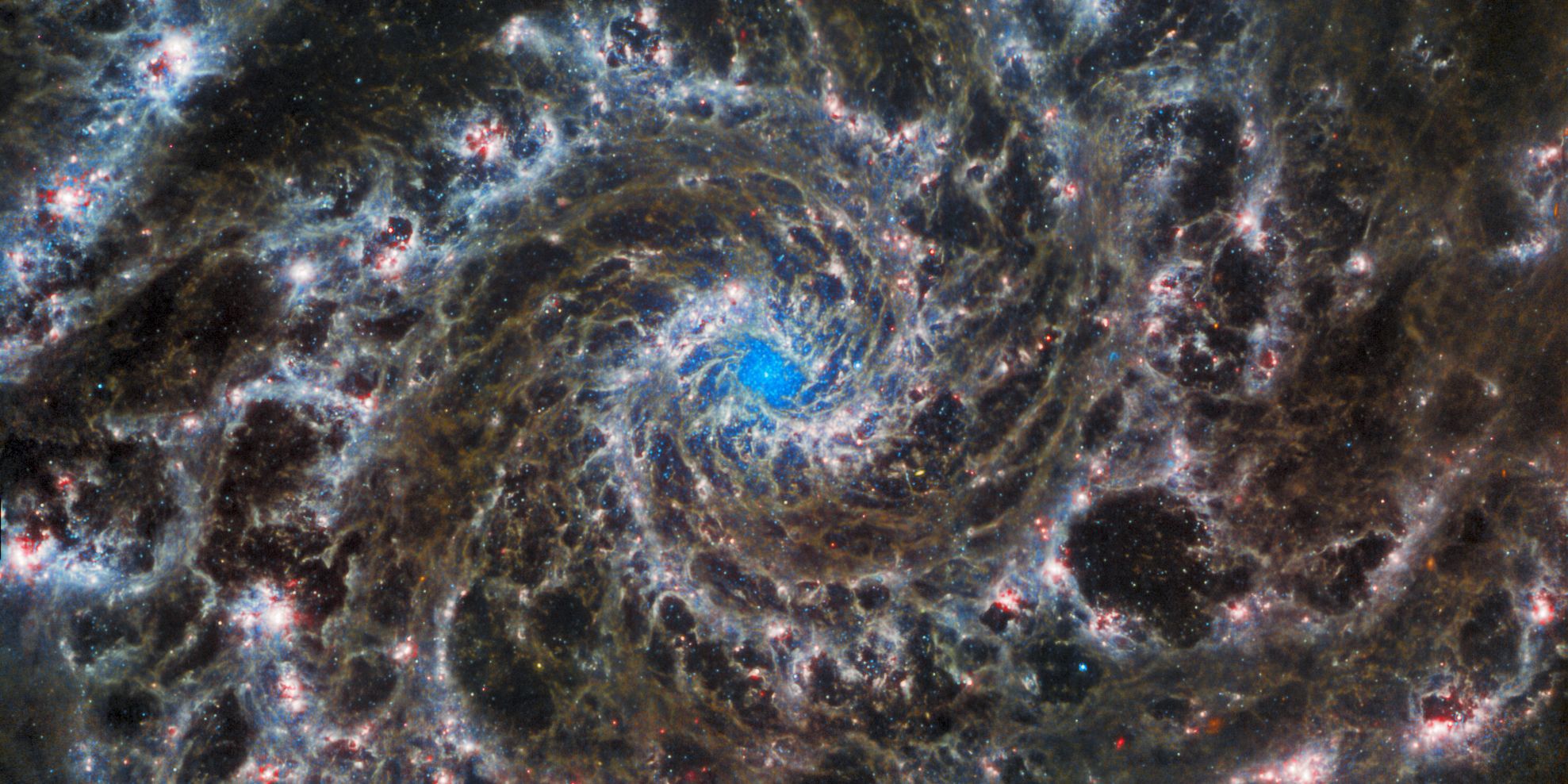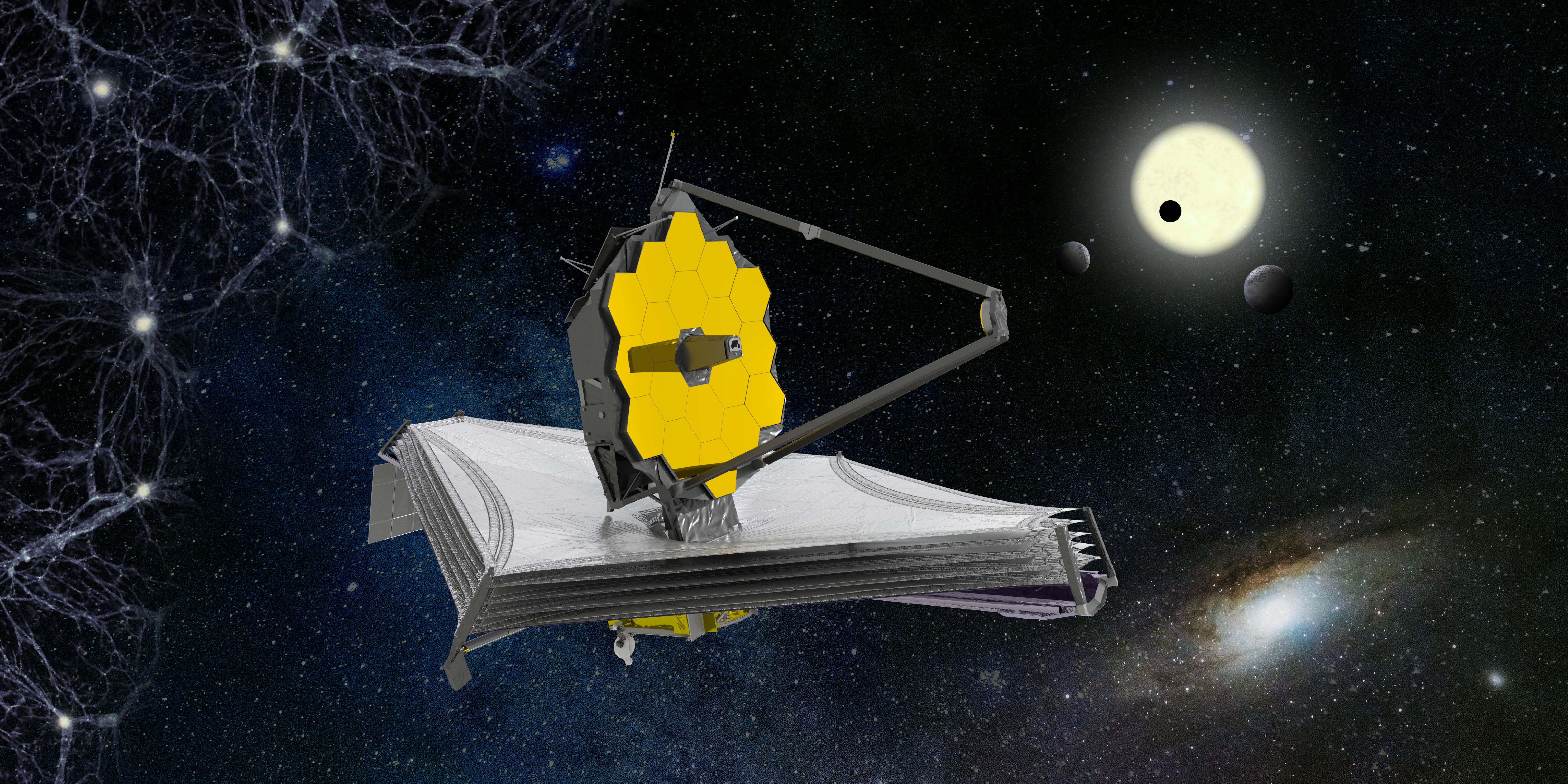A photo from NASA’s James Webb Space Telescope offers a terrifying new look at the heart of M74, more commonly known as the Phantom Galaxy. The JWST’s latest photo exemplifies how the space telescope continues to change the way we see the universe with yet another awe-inspiring image.
The James Webb Space Telescope has been releasing an impressive array of photographs this summer. JWST is the premier observatory of the next decade, and is currently in high demand from astronomers around the world. In addition to creating spectacular images of the universe, Webb is also the engine behind the recent spate of landmark astronomical discoveries. Recently, for example, Webb made headlines by capturing the first clear evidence for atmospheric carbon dioxide on a planet beyond our own solar system. Researchers are able to schedule time with the telescope to follow up on their discoveries and collect more pristine data from farther away than at any other time in human history.
The new image showcases the center of the Phantom Galaxy, which is roughly 32 million light-years away from Earth. The galaxy’s center is a nuclear star cluster, which glows like an otherworldly eye. The nuclear region is largely devoid of gas, and the galaxy faces Earth almost directly from the constellation Pisces, offering astronomers a particularly stellar view of the region. Phantom is a “grand design spiral galaxy”, and grand design spiral galaxies account for only 10% of all spiral galaxies in the universe. The unique designation means its delicate arms are clearly defined and well-organized. In this image those arms, glowing red and white across the black backdrop of space, read like a wicked storm swirling around a cerulean central eye.
The Early Days Of The Local Universe
Webb set out to observe M74 with its powerful Mid-Infrared Instrument (MIDI) as part of an international effort to study how stars form in the local universe. By combining the data collected by JWST with what other observatories, both on Earth and space-based, like Hubble, have already collected, scientists can develop a richer understanding of M74’s nature and origins. A press release from the European Space Agency (ESA), NASA, and the Canadian Space Agency (CSA) notes that Webb’s contribution of longer-wavelength data should “allow astronomers to pinpoint star-forming regions in the galaxies, accurately measure the masses and ages of star clusters, and gain insights into the nature of the small grains of dust drifting in interstellar space.”
NASA scientists plan to look into an additional 18 nearby star-forming galaxies, which means stargazers should anticipate more such spectacular galactic visuals in the coming months. In the meantime, try not to think too hard about the heart of the Phantom Galaxy glaring at Earth through the cosmos.
Source: ESA/NASA/CSA


